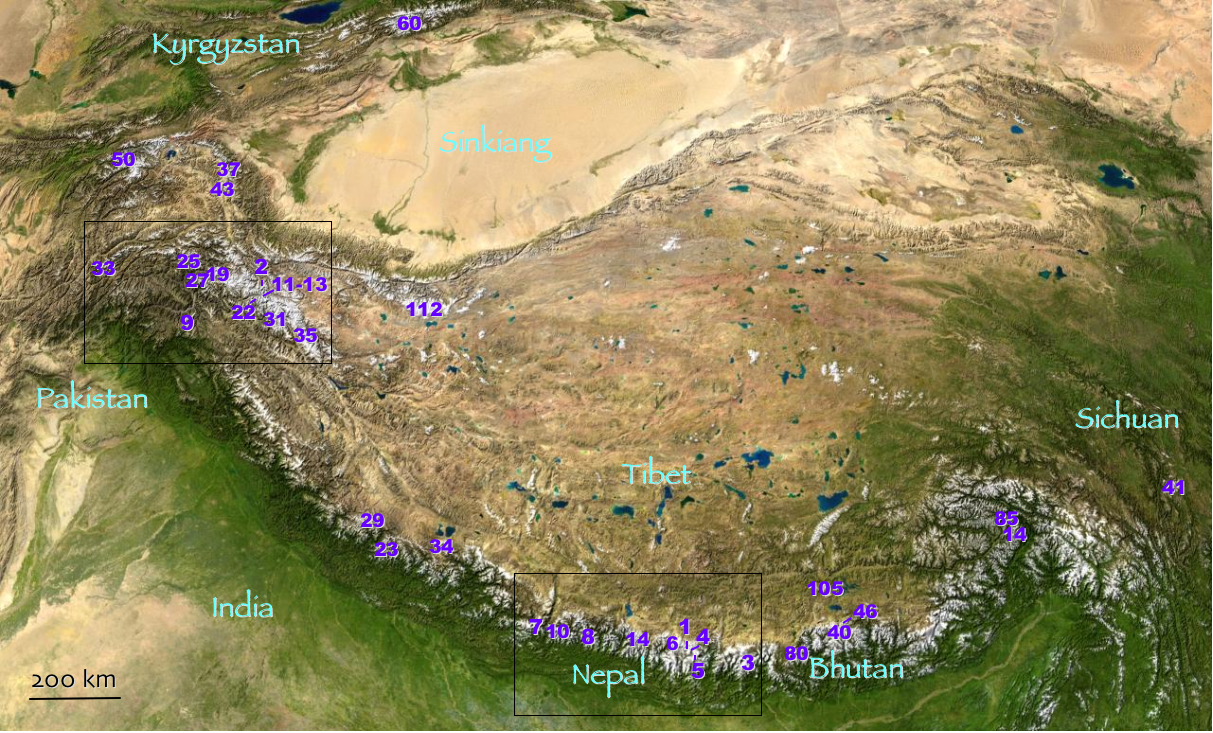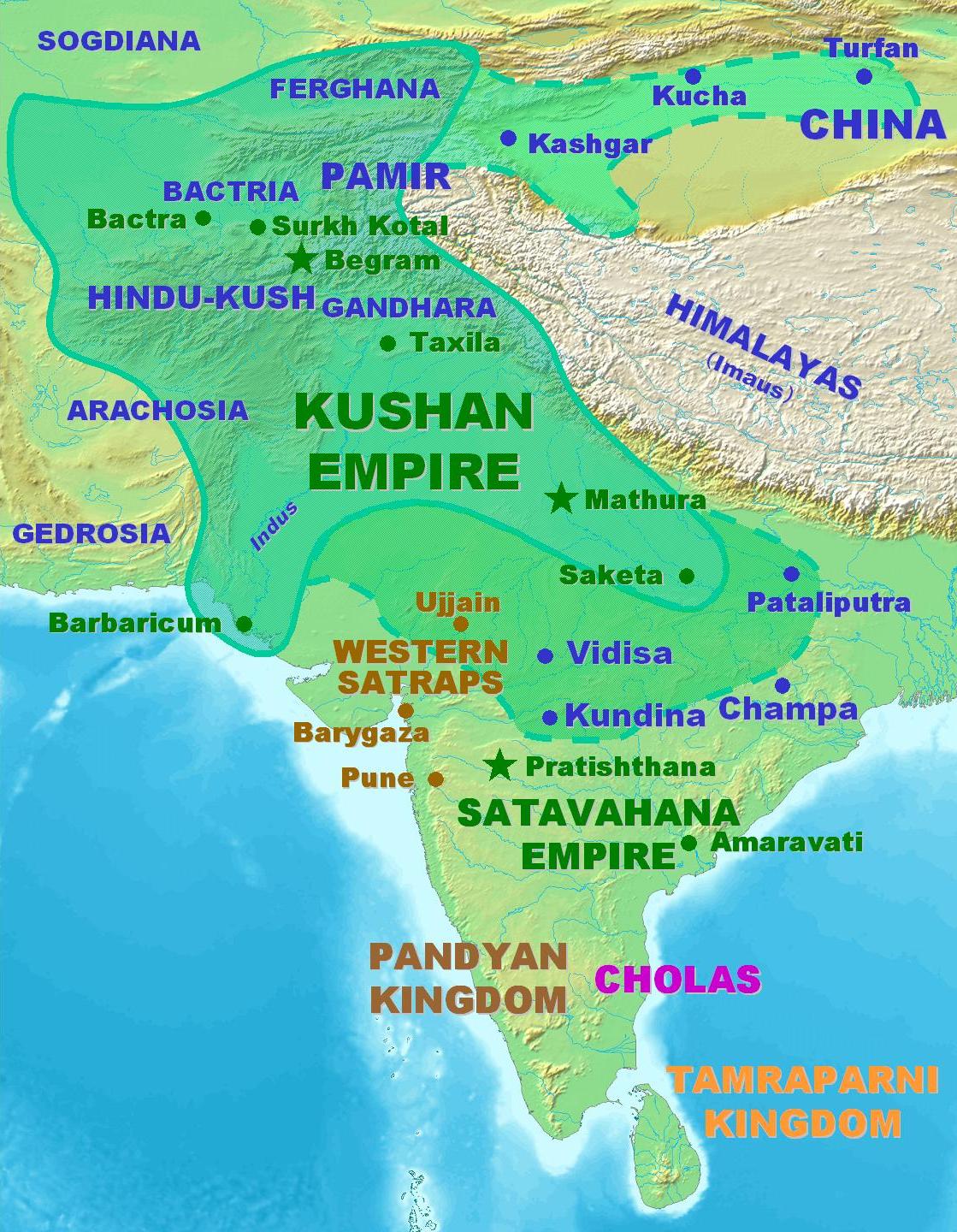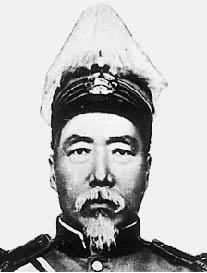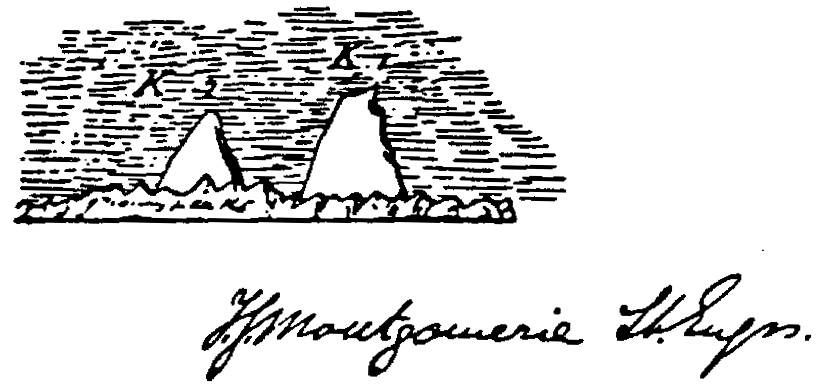|
Sinkiang
Xinjiang,; , SASM/GNC: previously romanized as Sinkiang, officially the Xinjiang Uygur Autonomous Region (XUAR), is an autonomous region of the People's Republic of China (PRC), located in the northwest of the country at the crossroads of Central Asia and East Asia. Being the largest province-level division of China by area and the 8th-largest country subdivision in the world, Xinjiang spans over and has about 25 million inhabitants. Xinjiang borders the countries of Afghanistan, India, Kazakhstan, Kyrgyzstan, Mongolia, Pakistan, Russia, and Tajikistan. The rugged Karakoram, Kunlun and Tian Shan mountain ranges occupy much of Xinjiang's borders, as well as its western and southern regions. The Aksai Chin and Trans-Karakoram Tract regions are claimed by India but administered by China. "divided between India and CHINA" Xinjiang also borders the Tibet Autonomous Region and the provinces of Gansu and Qinghai. The most well-known route of the historic Silk Road ran throug ... [...More Info...] [...Related Items...] OR: [Wikipedia] [Google] [Baidu] |
Muztagh Ata
Muztagh Ata (meaning 'Ice Mountain Father' in English), formerly known as Mount Tagharma and Wi-tagh, is the second highest of the mountains which form the northern edge of the Tibetan Plateau, with an elevation of . It is sometimes regarded as being part of the Kunlun Mountains, although physically it is more closely connected to the Pamirs. It is one of the relatively easier 7,000 m peaks in the world to climb, due to its gentle western slope and the comparatively drier weather of Xinjiang, though a thorough acclimatization period and a very strong physical condition are crucial for success. Location Muztagh Ata lies just south of Kongur Tagh, the highest peak of this somewhat isolated range that is separated from the main chain of the Kunlun by the large Yarkand River valley, and thus generally included in the "Eastern Pamirs". Not far to the north and east of this group are the lowlands of the Tarim Basin and the Taklamakan Desert. The Karakoram Highway passes v ... [...More Info...] [...Related Items...] OR: [Wikipedia] [Google] [Baidu] |
Kashgar
Kashgar () or Kashi ( zh, c=喀什) is a city in the Tarim Basin region of southern Xinjiang, China. It is one of the westernmost cities of China, located near the country's border with Kyrgyzstan and Tajikistan. For over 2,000 years, Kashgar was a strategically important oasis on the Silk Road between China, the Middle East, and Europe. It is one of the oldest continuously inhabited cities in the world and has a population of 711,300 people (). Kashgar's urban area covers , although its administrative area extends over . At the convergence point of widely varying cultures and empires, Kashgar has been under the rule of the Chinese, Turkic, Mongol and Tibetan empires. The city has also been the site of a number of battles between various groups of people on the steppes. Now administered as a county-level city, Kashgar is the administrative centre of Kashgar Prefecture, which has an area of and a population of approximately 4 million . Kashgar was declared a Special Economic ... [...More Info...] [...Related Items...] OR: [Wikipedia] [Google] [Baidu] |
Chairman Of Xinjiang
The Chairman of the Xinjiang Uygur Autonomous Region People's Government is the head of the Xinjiang Uygur Autonomous Region and leader of the People's Government of the Xinjiang Uygur Autonomous Region. The chairperson is elected by the Xinjiang Uygur Autonomous Regional People's Congress, and responsible to it and its Standing Committee. The chairperson is a Civil service of the People's Republic of China, provincial level official and is responsible for the overall decision-making of the regional government. The chairperson is assisted by an executive vice chairperson as well as several vice chairpersons. The chairperson generally serves as the deputy secretary of the Xinjiang Uygur Autonomous Regional Committee of the Chinese Communist Party, Xinjiang Uygur Autonomous Regional Committee of the Chinese Communist Party and as a member of the Central Committee of the Chinese Communist Party, CCP Central Committee. The chairperson is the second-highest ranking official in the auton ... [...More Info...] [...Related Items...] OR: [Wikipedia] [Google] [Baidu] |
Autonomous Regions Of China
The autonomous regions ( zh, s=自治区, p=Zìzhìqū) are one of four types of province-level divisions of China, province-level divisions of the People's Republic of China. Like provinces of China, Chinese provinces, an autonomous region has its own local government, but under the law of the People's Republic of China, an autonomous region has more legislative rights, such as the right to "formulate self-government regulations and other separate regulations." An autonomous region is the highest level of Autonomous administrative divisions of China, minority autonomous entity in China, which has a comparably higher population of a particular minority ethnic group. There are five autonomous regions in China: Guangxi, Inner Mongolia, Inner Mongolia (Nei Menggu), Ningxia, Tibet Autonomous Region, Tibet (Xizang), and Xinjiang. History Established in 1947, the Inner Mongolia, Inner Mongolia Autonomous Region became the first autonomous region in the Communist-controlled China ... [...More Info...] [...Related Items...] OR: [Wikipedia] [Google] [Baidu] |
Ma Xingrui
Ma Xingrui (; born October 1959) is a Chinese politician and aerospace engineer who is the Party Secretary of Xinjiang and a member of the Politburo of the Chinese Communist Party. Ma is recognized as one of China's top scientists. Ma served as Vice President of Harbin Institute of Technology, General Manager of China Aerospace Science and Technology Corporation, Director of the China National Space Administration, and chief commander of Chang'e 3, China's first lunar exploration mission. He later served as the Vice Minister of Industry and Information Technology, Head of the Political and Legal Affairs Commission of Guangdong, Party Secretary of Shenzhen, Deputy Party Secretary of Guangdong, and Governor of Guangdong. He became the Party secretary of Xinjiang in December 2021 and a member of the Politburo in October 2022. Education and academic career Ma Xingrui was born on 6 October 1959 in Shuangyashan, Heilongjiang province, to a family of mine workers in China's ... [...More Info...] [...Related Items...] OR: [Wikipedia] [Google] [Baidu] |
Province-level Divisions Of China
The People's Republic of China is officially divided into 34 province-level administrative divisions, the first level of administrative division in the country. There are four types of divisions at the province level: * Provinces (23) * Autonomous regions (5) * Municipalities (4) * Special administrative regions (SARs, 2) Province-level divisions can trace their origins back to the Yuan dynasty. The political status of Taiwan Province, as well as small portions of other provinces, are disputed. Government The legislative branch at the provincial level is the People's Congress, modeled on the National People's Congress. Provincial People's Congresses have had legislative powers since 1979, and pass laws on a wide variety of issues. The executive branch is the Provincial People's Government, led by a governor in the provinces, a mayor in provincial-level cities, a chairman in the autonomous regions. The head of the government is assisted by a number of subordinate officia ... [...More Info...] [...Related Items...] OR: [Wikipedia] [Google] [Baidu] |
List Of Chinese Administrative Divisions By Population
This is a list of Chinese administrative divisions in order of their total resident populations. It includes all provinces, autonomous regions, direct-controlled municipalities and special administrative regions controlled by the Republic of China (1912–1949) or the People's Republic of China (1949–present). For the Republic of China after 1949, see List of administrative divisions of Taiwan. Current population Data are for mid-year 2022 and are from the National Bureau of Statistics of China unless otherwise specified.On the left, navigate to Population, Total Population. Select "Series" under Region and type in "2022" under Year. Find data for each column in "Resident", "Urban" and "Rural" successively. Population of divisions within regions Census data Notes References {{DEFAULTSORT:Chinese Administrative Divisions By Population Population Population Population is a set of humans or other organisms in a given region or area. ... [...More Info...] [...Related Items...] OR: [Wikipedia] [Google] [Baidu] |
National Bureau Of Statistics Of China
The National Bureau of Statistics () is a deputy-ministerial level agency directly under the State Council of China. Established in August 1952, the bureau is responsible for collection, investigation, research and publication of statistics concerning the nation's economy, population and other aspects of the society. Kang Yi has served as the commissioner of the bureau since 3 March 2022. Responsibilities The bureau's authority and responsibilities are defined in ''Statistics Law of the People's Republic of China''. It is responsible for the research of the nation's overall statistics and oversees the operations of its local counterparts. Organizations The bureau is overseen by a commissioner, several deputy commissioners (currently four), a chief methodologist, a chief economist, and a chief information officer. It is composed of 18 departments, oversees 12 affiliated institutions, and manages 32 survey organizations stationed in respective provinces. It also operates ... [...More Info...] [...Related Items...] OR: [Wikipedia] [Google] [Baidu] |
Lake Ayding
Aydingkol (Uyghur: , , ), Aydingkul (Mongol) or Ayding () is a lake in the Turpan Depression, Xinjiang Uyghur Autonomous Region, PR China. At 154 m below sea level, it is the lowest point in China. This lake is now totally dried, and very muddy and salty. History In ancient times, Ayding Lake was known as ''juéluòwǎn'' (觉洛浣). The Uyghur derived name ''Aydingköl'' means "moon lake", due to the lake having a layer of white salt along its edge, giving the appearance of a shining moon. Geography The lake is located in the south hinterland of the Turpan Depression, approximately 35 kilometres away from the city of Turpan. From east to west, the lake spans 40 kilometres; the north-south span is 8 kilometres; and the total area of the lake is 200 square kilometres. The lake was formed from the formation of an orogeny of the Himalayas 249 million years ago, and once held approximately 5 million square kilometres of inland sea, which at one time surged up and became vastly ex ... [...More Info...] [...Related Items...] OR: [Wikipedia] [Google] [Baidu] |
Mount K2
K2, at above sea level, is the second-highest mountain on Earth, after Mount Everest at . It lies in the Karakoram range, partially in the Gilgit-Baltistan region of Pakistan-administered Kashmir and partially in the China-administered Trans-Karakoram Tract in the Taxkorgan Tajik Autonomous County of Xinjiang. Quote: "K2 is located in the Karakoram Range and lies partly in a Chinese-administered enclave of the Kashmir region within the Uygur Autonomous Region of Xinjiang, China, and partly in the Gilgit-Baltistan portion of Kashmir under the administration of Pakistan." K2 became known as the ''Savage Mountain'' after George Bell—a climber on the 1953 American expedition—said, "It's a savage mountain that tries to kill you." Of the five highest mountains in the world, K2 has long been the deadliest: prior to 2021, approximately one person had died on the mountain for every four who reached the summit. After an increase in successful attempts, , an estimated 800 p ... [...More Info...] [...Related Items...] OR: [Wikipedia] [Google] [Baidu] |
List Of Chinese Administrative Divisions By Area
This is a list of the first-level administrative divisions of China, administrative divisions of the China, People's Republic of China (PRC), including all provinces (except the claimed Taiwan Province, People's Republic of China, Taiwan Province), autonomous regions, special administrative regions, and municipalities, in order of their total land area as reported by the national or provincial-level government. Notes References {{reflist, 30em Ranked lists of Chinese administrative divisions, Area Ranked lists of country subdivisions, China, area ... [...More Info...] [...Related Items...] OR: [Wikipedia] [Google] [Baidu] |
National People's Congress
The National People's Congress (NPC) is the highest organ of state power of the People's Republic of China (PRC). The NPC is the only branch of government in China, and per the principle of unified power, all state organs from the State Council to the Supreme People's Court (SPC) are subject to it. With 2,977 members in 2023, it is the largest legislative body in the world. The NPC is elected for a term of five years. It holds annual sessions every spring, usually lasting from 10 to 14 days, in the Great Hall of the People on the west side of Tiananmen Square in Beijing. Under China's Constitution, the NPC is structured as a unicameral legislature, with the power to amend the Constitution, legislate and oversee the operations of the government, and elect the major officers of the National Supervisory Commission, the Supreme People's Court, the Supreme People's Procuratorate, the Central Military Commission, and the state. Since Chinese politics functions withi ... [...More Info...] [...Related Items...] OR: [Wikipedia] [Google] [Baidu] |





